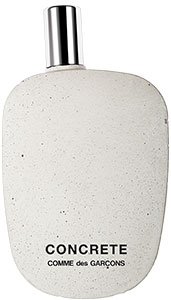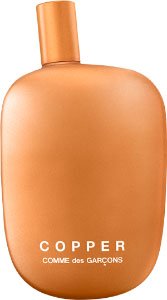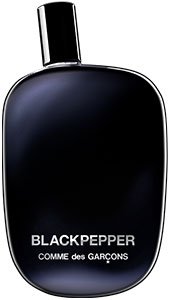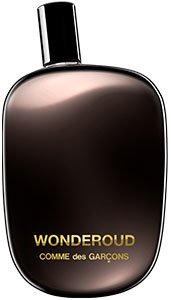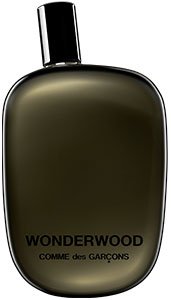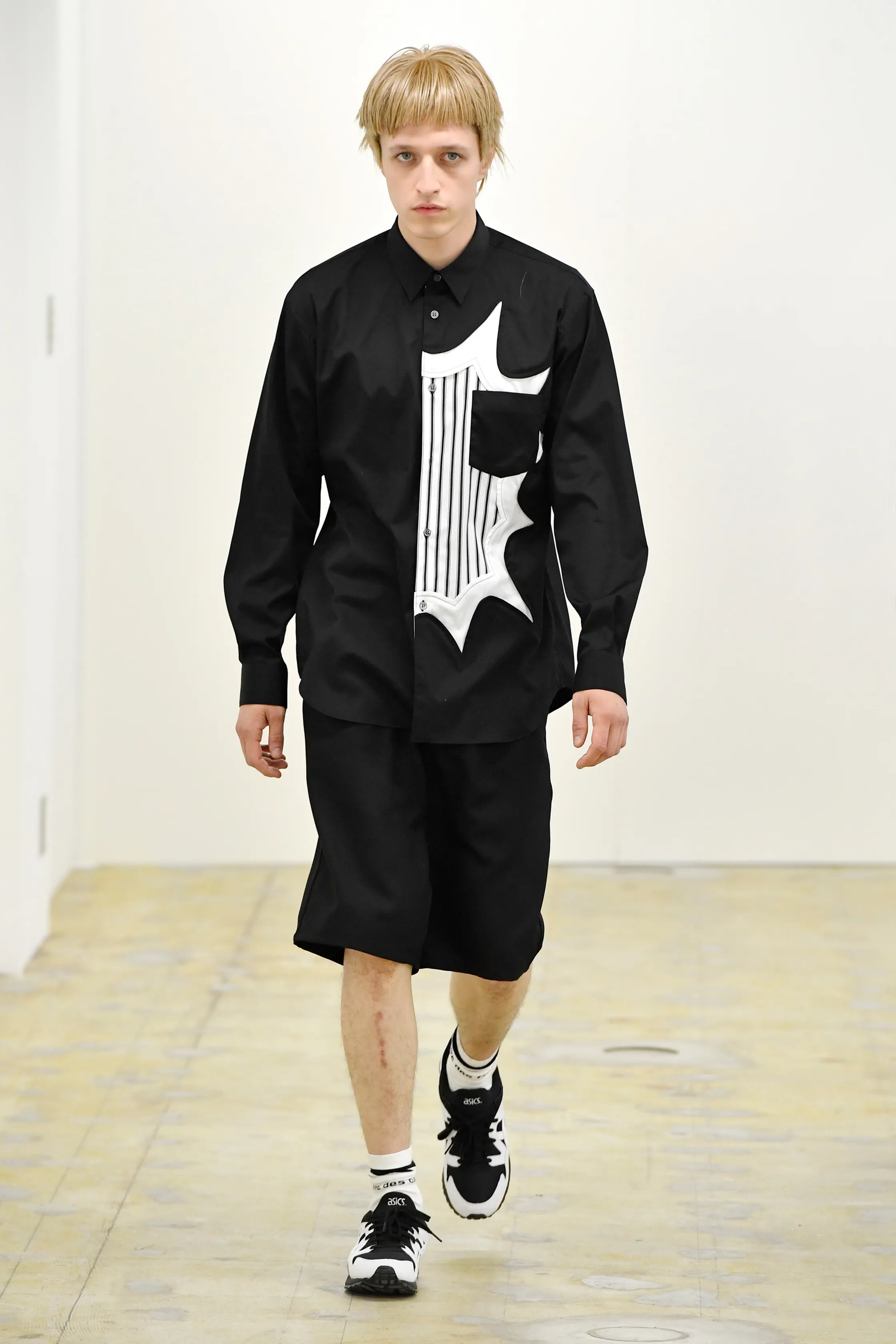
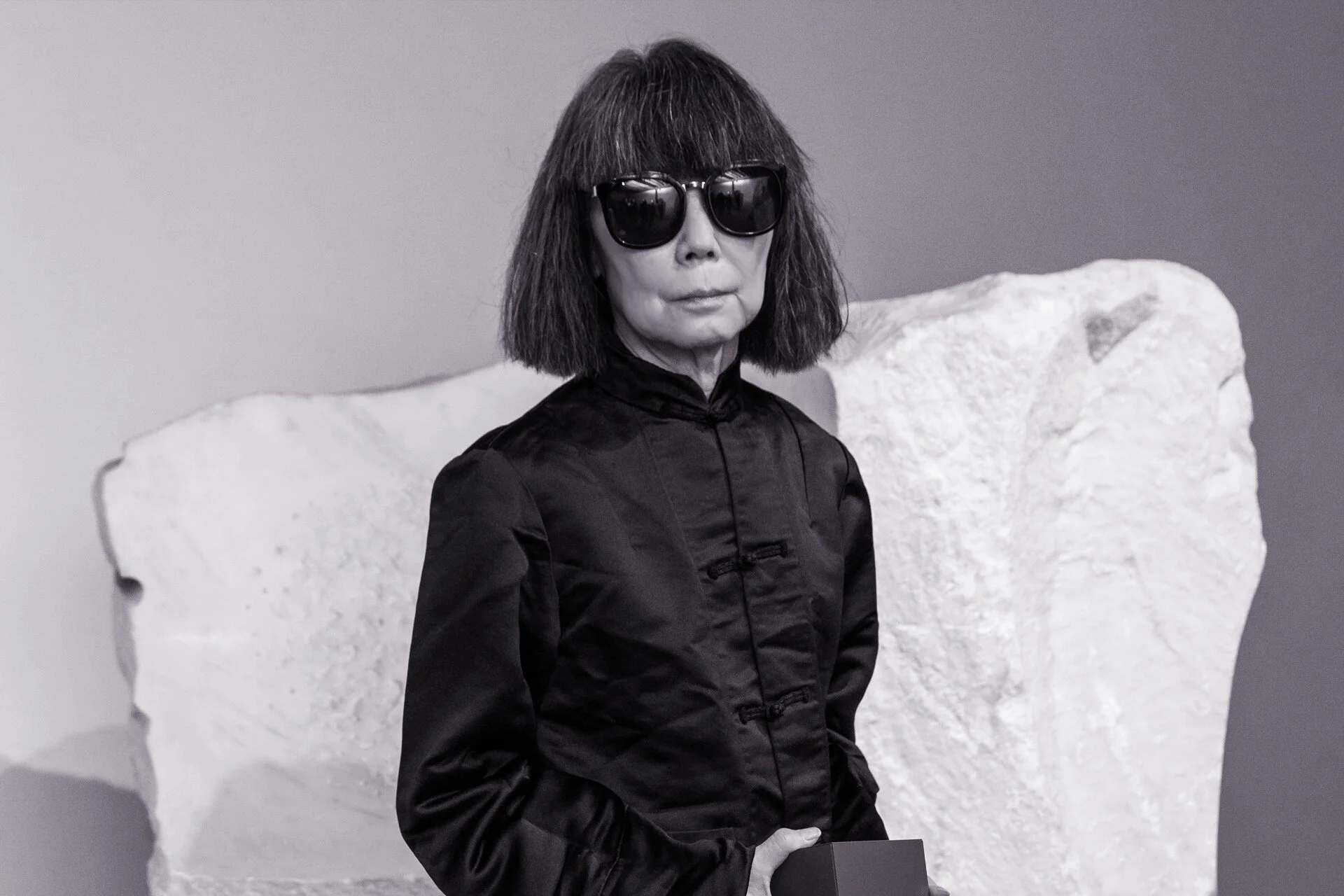
Rei Kawakubo, Founder of Comme des Garçons.
Hiroshima Chic / self-expression / dover street market
Origin: Tokyo, Japan
An icon of modernity
Rei Kawakubo’s introduction to the fashion industry started at a textiles factory, before she eventually became a freelance stylist in 1967.
Two years later, she began making clothes under the label Comme Des Garçons. The designer incorporated the label in 1973, a direct result of its popularity with Japanese consumers. For the remainder of the decade, Kawakubo would refine her aesthetic and build her company, opening a Tokyo boutique in 1975 and adding a menswear line, Homme Comme des Garçons, in 1978. The first show in Paris was presented in 1981.
“The first shop did not even have mirrors, because Kawakubo wanted women to buy clothes because of how they felt rather than the way they looked”
Known for the voluminous, layered, asymmetrical forms the influence of her clothes soon spread, particularly for those who were prepared to be challenged by clothing.
She continued to innovate and in doing so inspired numerous designers — Martin Margiela, is Ann Demeulemeester and Helmut Lang have all name checked Kawakubo as an inspiration — making fashion a richer palette than before. While many of fashion’s biggest and most visible companies serve as training grounds for rising talent, none have given birth to a collection of creative offspring quite like Comme des Garçons. Kawakubo launched the careers of Junya Watanabe and Tao Kurihara, and in 2013 added Kei Ninomiya ’s Noir line to the Comme des Garçons umbrella.
Today, the Comme des Garçons ecosystem now boasts over 20 distinct lines. Ekademe currently offers:
Comme des Garçons SHIRT
Comme des Garçons PLAY
Comme des Garçons PLAY x Converse
Comme des Garçons Wallet
Comme des Garçons parfums
SS22
FW21
FW20


